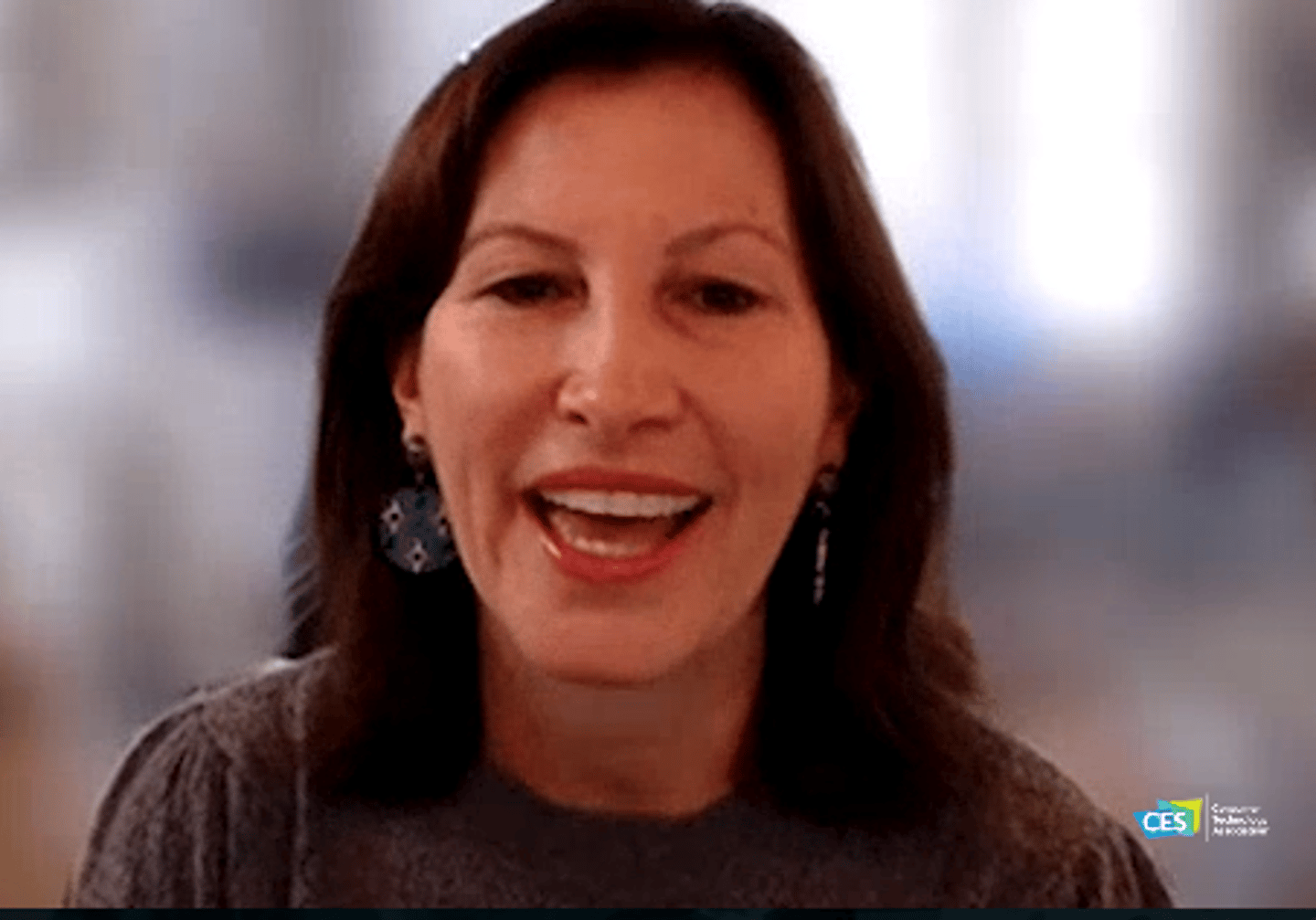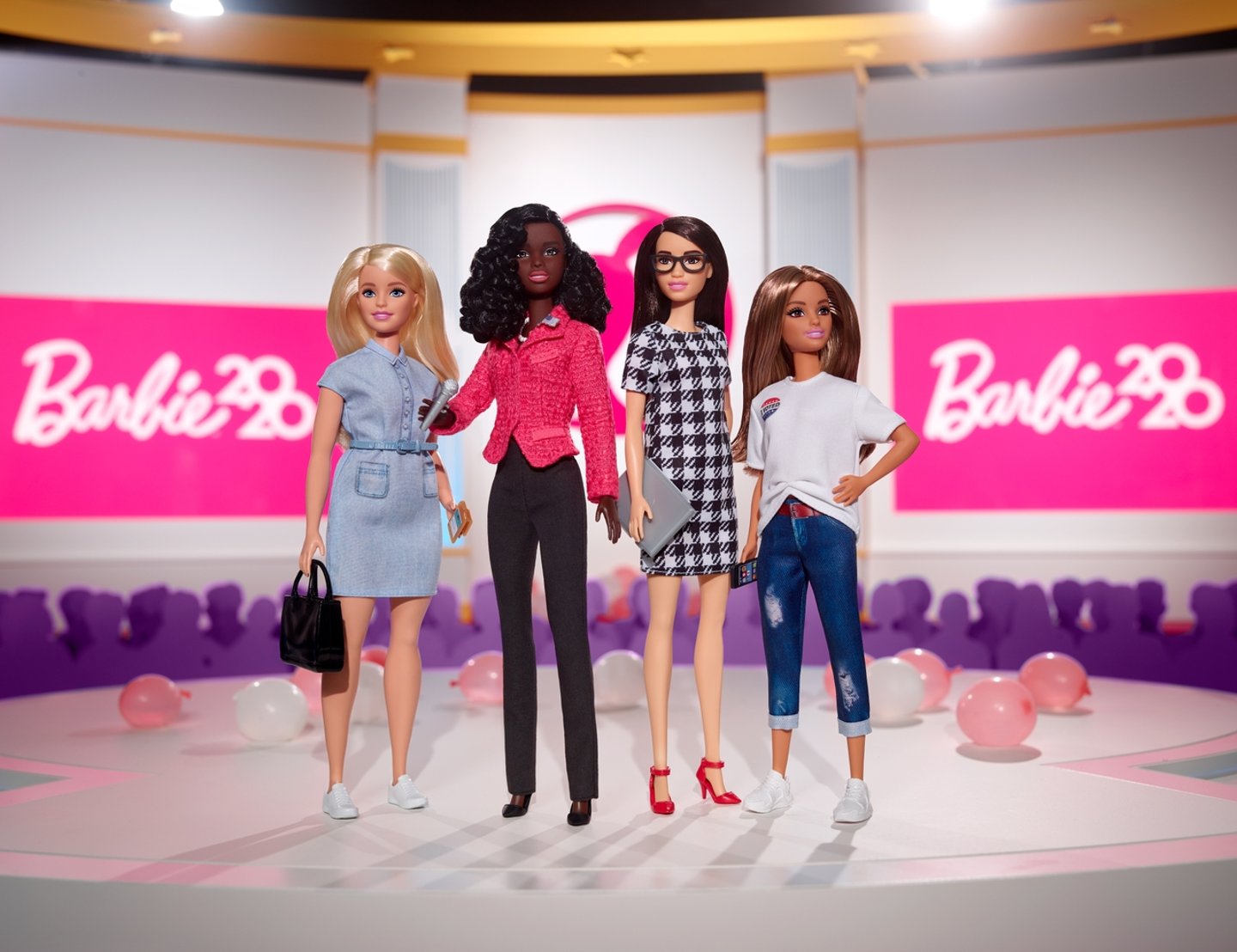Marketing in the Real World: How Mattel Gave Barbie a Digital Makeover
The defining moments of 2021 created a runway for brands to step up and into a new world, and many in the marketing business function had to scrap their plans and pivot towards the future. That’s exactly what Mattel had to do when the COVID-19 pandemic hit, according to Lisa McKnight, SVP and global head of Barbie & Dolls Portfolio for Mattel, at CES 2021.
In fact, the brand has always studied its consumers to find out where they’re going. Mattel has a strong footprint in toys, but it is always looking to expand intentionally so that it can be everywhere the consumer is. For the Barbie brand, McKnight explained that they look at what products a girl is using or interacting with, from the moment she wakes up, to when she goes to bed at night.
One such innovation came from girls spending more time gaming, so Mattel developed an app. By finding this audience opportunity, it was able to expand to new avenues of growth.
But not everything is easy as it seems. McKnight admitted that while the Barbie brand has been around for decades, about six or seven years ago, they discovered that the brand had lost touch with culture and needed to modernize. McKnight said they, “had to scrutinize the product line and how the brand was being perceived by kids and parents.”
While it is not an easy exercise, the Barbie brand has since Introduced new body types and added more diversity into the line to make sure the brand was reflective of the world around them. It now celebrates real women role models through its Shero Dolls. “We made Barbie more vulnerable and less perfect,” McKnight said.
But the makeover didn’t stop there. Mattel also looked at a more purposeful approach across every touchpoint. It introduced a social campaign called the Barbie Dream Gap initiative, which came about because of research showing that at the age of 5, girls start doubting their capabilities and Barbie wanted to get to the root cause of that.
McKnight admits that when COVID-19 hit, the company had to completely scrap most of its marketing plans. Rather than trying to sell a product, the brand pivoted to provide entertainment, teachable moments and comfort for kids. They created marketing tools that provided help to parents, a digital playroom where parents could go to get tips on games to play or content to watch with their kids.
Knowing that while kids are the end-user of the Barbie product, parents are the purchasers and so, “We wanted to make sure throughout that we were a voice of comfort for kids and parents,” explained McKnight.
So, Mattel created a vlog of Barbie in first person, dealing with this new normal. Barbie started wearing a mask, baking banana bread, and participating in online challenges.
And when it comes to tech, McKnight reinforced that it is not about technology for technology’s sake, but if they can figure out how to enhance analog play with digital boost, she’s all about it. Heads up: Barbie is a vlogger and on Instagram, but she may possibly be getting into podcasts next, so stay tuned.
While McKnight is optimistic about the future, she warned: “We need to make sure we do not just talk the talk.”



